
As horror flicks dominate screens across the world in the run-up to Halloween, many viewers won’t realise that some terrifying plot lines were actually inspired by true stories. Hollywood may take significant creative licence and play with the facts, but real homes from coast to coast – and the creepy goings-on within them – have formed the basis for some of horror fans’ favourites. Here, we look at seven homes still standing that caught the attention of screenwriters for their histories, mysteries and straight-up scariness,
THE AMITYVILLE HORROR HOUSE
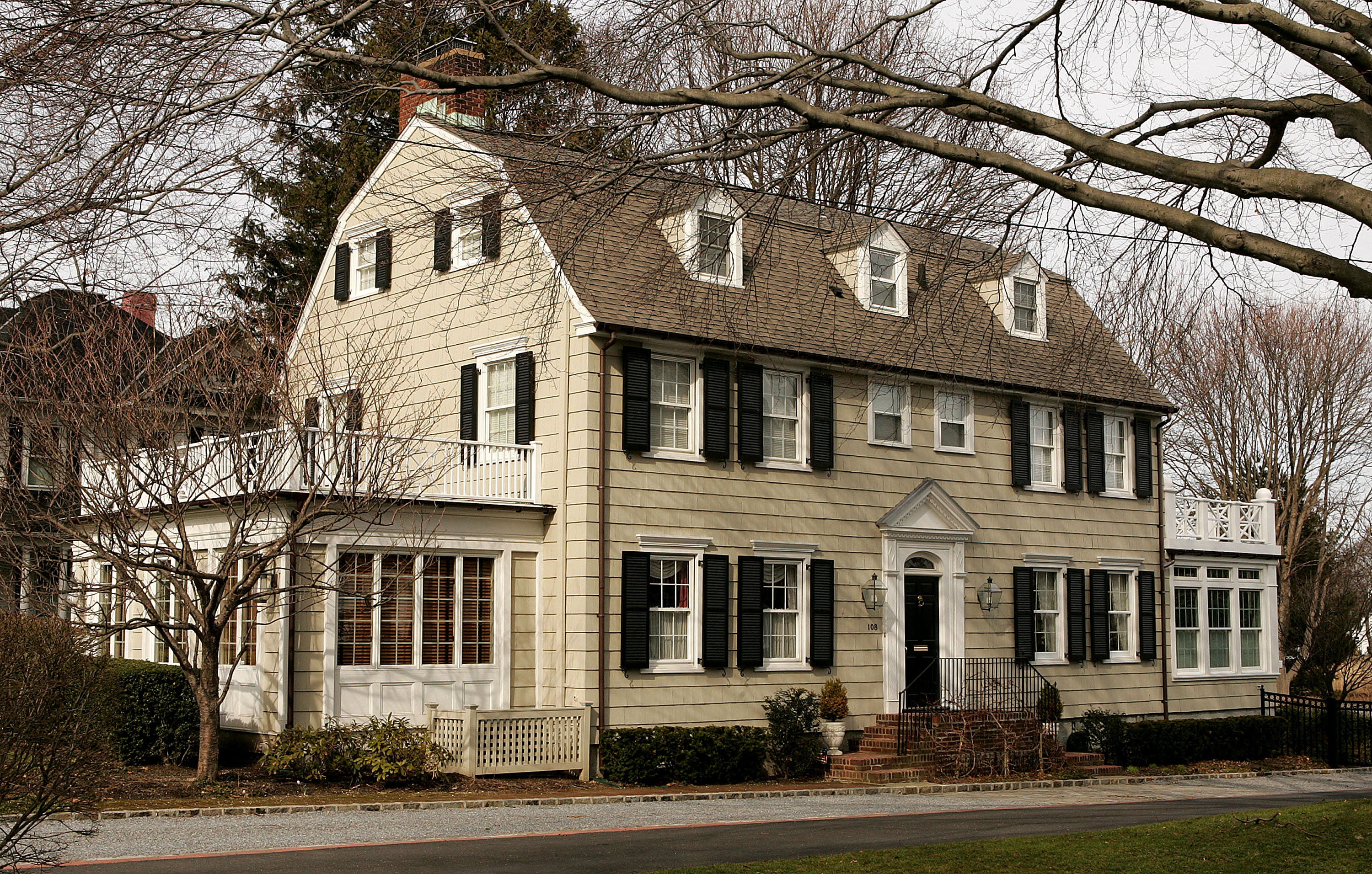
Around 3am on November 13, 1974, 23-year-old Ron DeFeo Jr walked with a rifle through his home in Amityville, a coastal village on Long Island. Then he shot his entire family in their sleep, killing his parents and four siblings. The case caused a media frenzy; DeFeo claimed he heard voices but changed his story several times and was eventually convicted and given six sentences of 25 years to life. He died last year in prison.
Only 13 months after the murders, a new family moved into the home for a drastically reduced price. George and Kathy Lutz, along with their three children, would only spend 28 days in the home, however; they claimed they were driven out by terrifying paranormal activity and subsequently collaborated with author Jay Anson on the 1977 book The Amityville Horror. The Lutzes made claims that included George waking up every morning at 3.15am, around the time authorities believed the DeFeos were killed; ooze leaking from parts of the house; family members levitating; and even the appearance of a pig-like creature with red eyes.
The book inspired the hit 1979 film The Amityville Horror and dozens of other projects and remakes. The house itself is still regularly the site of slow drive-bys or people stopping to take pictures, though its address has been changed from the original 112 Ocean Avenue to 108. The home has been occupied by several new owners since the Lutzes’ brief stay, though there are no known reports of other scary paranormal activity.
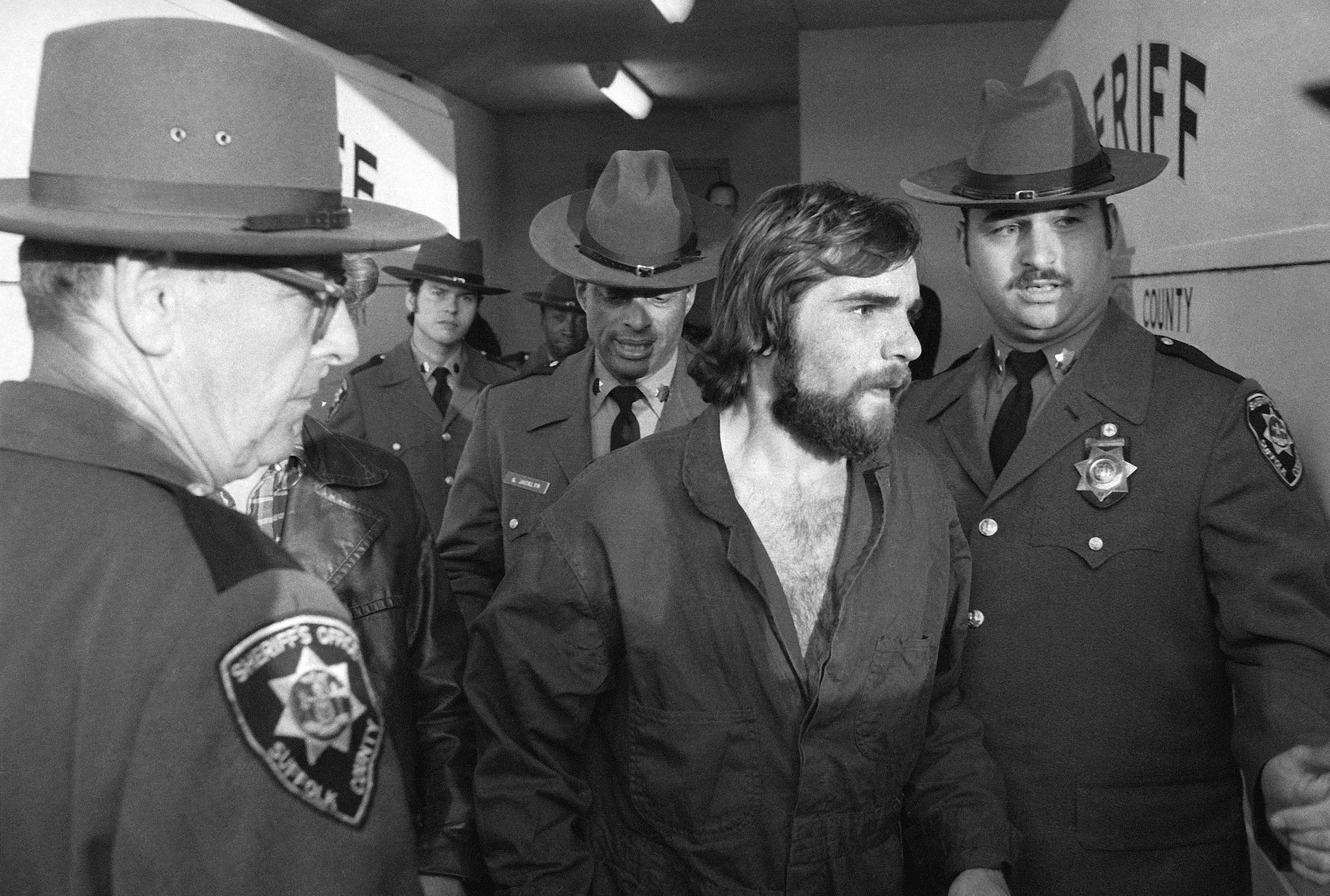
The Lutz story has been highly criticised and widely dismissed as a hoax. Two of the family’s children have said as much, noting George Lutz’s interest in the occult and claiming they felt any strange happenings had been overplayed.
Christopher Quarantino, Kathy Lutz’s son and George’s stepson, told The Seattle Times in 2005 that he remembered suspicious occurrences and believed the house was haunted – but that his stepfather had exaggerated everything for profit.
George Lutz died in 2006, two years after his ex-wife, Kathy. The couple had divorced nearly two decades earlier.
THE CONJURING HOUSE
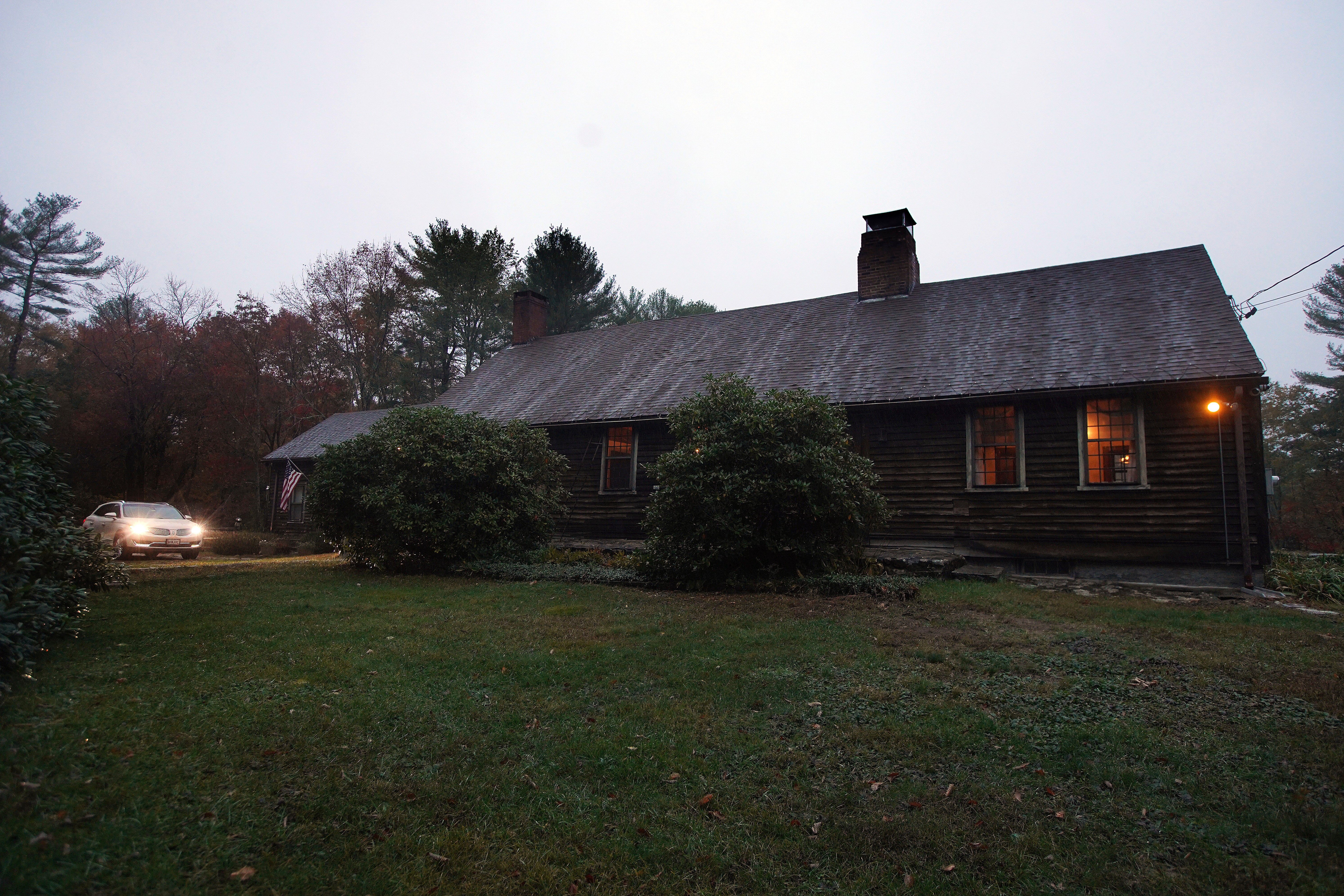
Roger and Carolyn Perron moved into an 18th century Rhode Island farmhouse with their five daughters in 1971, and for the next nine years the Perrons say they were besieged by spirits and spookiness. Objects would move, there was a “cold, stinking presence,” and the family would see apparitions and hear voices. The case was investigated by well-known ghost hunters Ed and Lorraine Warren, who deduced that a threatening spirit named Bathsheba had cursed the land.
“Whoever the spirit was, she perceived herself to be mistress of the house and she resented the competition my mother posed for that position,” one of the daughters, Andrea Perron, told USA Today in 2013, days after the theatrical release of the first film in the Conjuring franchise. Following the Warrens and their investigation of the house, it was a box office hit and spawned a franchise.
The Perrons insist the paranormal activity they experienced before moving out in 1980 was real. Andrea even witnessed her mother become temporarily possessed during a seance, she told USA Today.
“I thought I was going to pass out,” she said. “My mother began to speak a language not of this world in a voice not her own. Her chair levitated and she was thrown across the room.”
Nowadays, the house at 1677 Round Top Road in Burrillville is a destination where visitors can take tours, hold private events or even stay overnight for a private ghost investigation.
THE LIZZIE BORDEN HOUSE

One of America’s most notorious double homicides – which is still unsolved, technically – took place on 4 August 1892 in Fall River, Massachusetts. Well-to-do businessman Andrew Borden and his wife, Abby, were found hacked to death in broad daylight at their home on 2nd Street; no one heard a thing, despite blood spattered everywhere from 19 hatchet blows to Abby and 10 to Andrew.
The couple had resided in the house with Andrew’s daughters, 41-year-old Emma and Lizzie, 32, along with an Irish servant. On the day of the murders, Lizzie claimed she’d come in from the barn and found her father’s body – but it wasn’t long before her stories started to change. She and the servant had been the only ones home at the time that her stepmother, Abby, was killed in a bedroom. Andrew was killed in the first floor sitting room after returning from work.
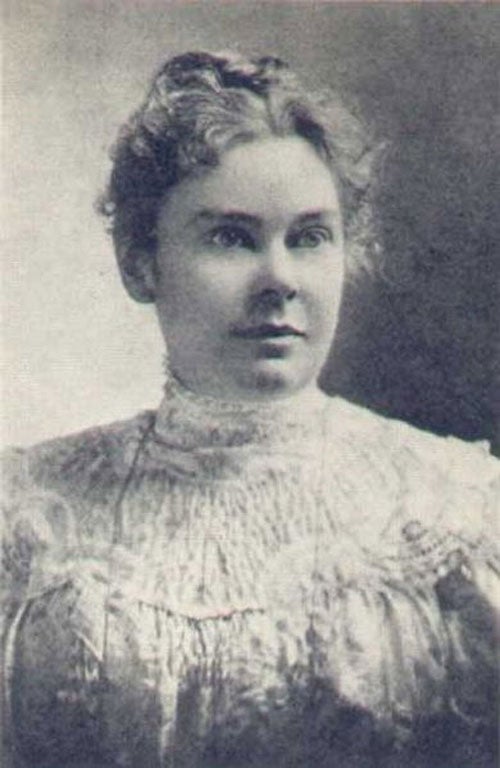
Between her varying answers and detectives’ discovery that Lizzie had tried to purchase a poisonous acid before the murders, she was arrested the week after the murder and spent nine months in jail. The press went wild, and Lizzie garnered both significant support and opposition. Ultimately, however, she was acquitted – and lived until 1927, when she and her sister died within months of each other and were buried next to their father.
The chilling story has inspired many productions over the years, including 2018’s Lizzie, starring Chloe Sevigny. The house itself is open to visitors, serving as a museum and bed and breakfast. According to the attraction’s website, the home “is just as it was” at the time of the murders.
“The furnishings retain their rightful place, the décor has been painstakingly duplicated, and the original hardware and doors are still intact,” the site states. “Artifacts from the murder case are displayed while memorabilia from the era line shelves and mantel tops.”
THE SNEDEKER HOUSE
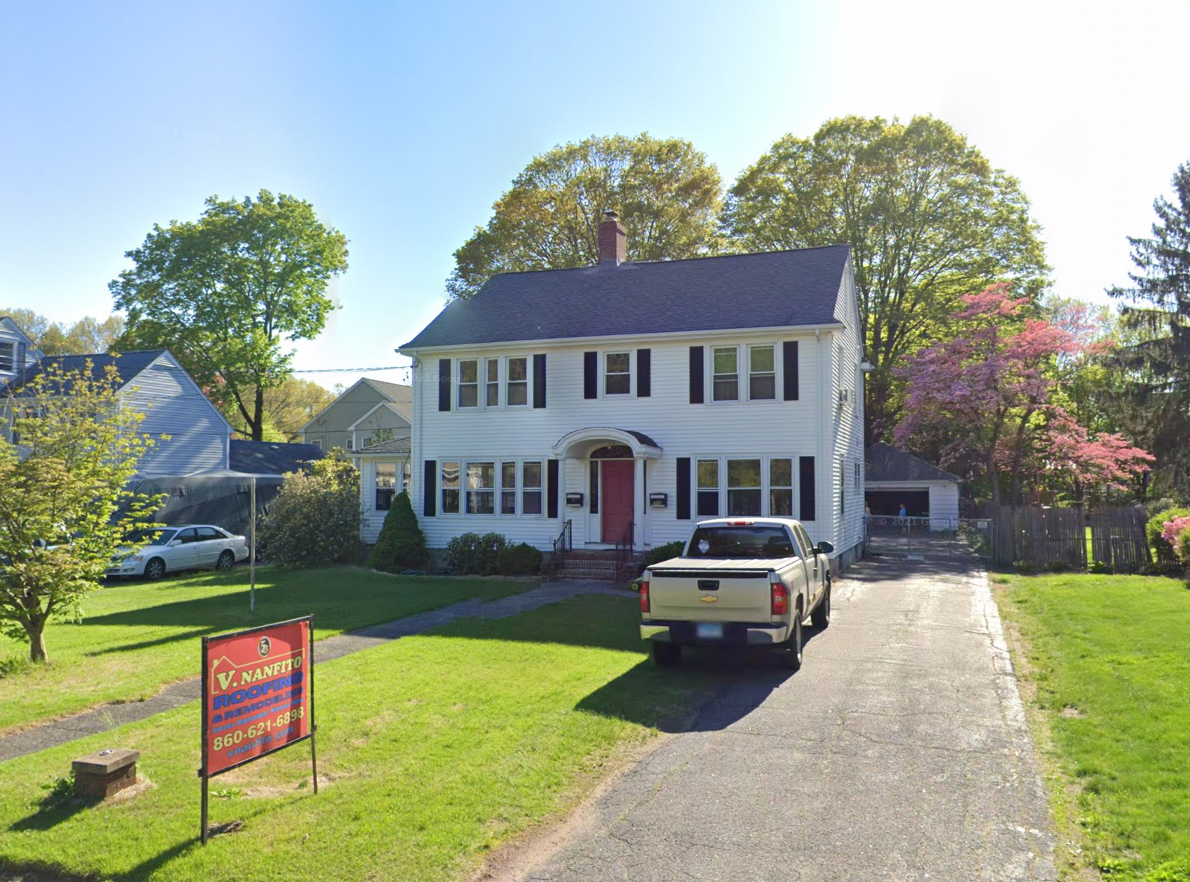
When the Snedeker family moved into their new home in Southington, Connecticut in 1986, things began to go awry on the very first night, they say.
“My son started seeing this young man with long black hair down all the way to his hips,” Carmen Reed (formerly Snedeker), who lived for two years in the home with her husband, children and two nieces, told People. “He would talk to my son every day. Sometimes he would threaten him, other times he would stand there and just say his name, which was enough to scare him.”
Ms Reed said the family experienced dark forces in the house – which would turn out to be a former funeral home – and related one particularly unsettling incident.
“One night, my niece said to me, ‘Aunt Carmen, it’s coming, can you feel it?’” she told People, explaining that the terrified 18-year-old clung to her. “I peeled her back and I saw the impression of a hand going up underneath her nightshirt.
“That is when I knew for sure that what I was dealing with was supernatural.”
Ms Reed claimed that, after two priests were too frightened by the home to complete exorcisms, a third agreed to do so – and succeeded.
The Snedekers’ home – like the Amityville Horror House – had also been investigated by the Warrens. When the surprise hit The Haunting in Connecticut, based on the Snedekers’ experiences, was released in 2009, Ms Warren told a local Connecticut outlet that the case “was much, much scarier than any movie could ever be.”
The home has been ocupied by new owners since the Snedekers moved out in the 1980s, with no known accounts of other chilling incidents.
THE WATCHER HOUSE
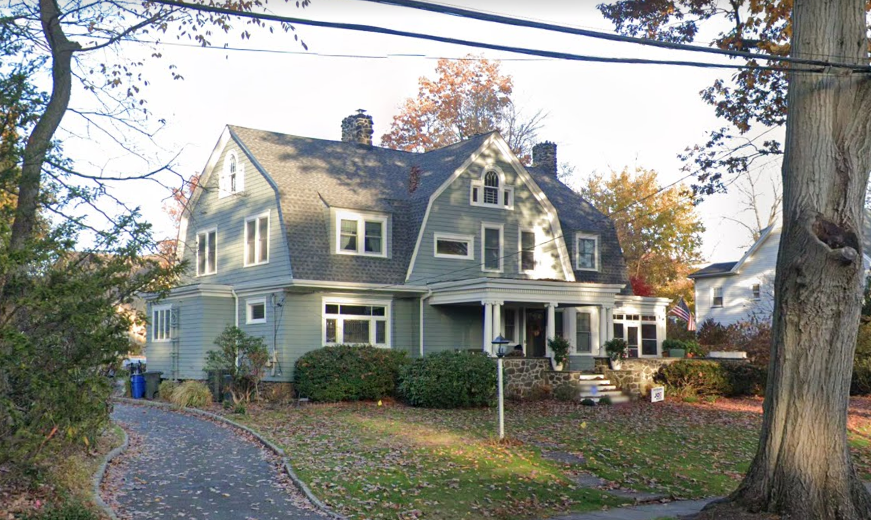
Derek and Maria Broaddus purchased their dream home at 657 Boulevard in Westfield, New Jersey in 2014 – but never moved into the sprawling Dutch Colonial with their three children.
In a chilling, still-unsolved case, the Broaddus family immediately received a letter in their new home’s mailbox from a writer calling themselves “The Watcher.” It would be the first of several, all of them threatening and hair-raising.
“How did you end up here?” the first letter read. “Did 657 Boulevard call to you with its force within?”
It added that the home had “been the subject of my family for decades now and as it approaches its 110th birthday, I have been put in charge of watching and waiting for its second coming. My grandfather watched the house in the 1920s and my father watched in the 1960s. It is now my time. Do you know the history of the house? Do you know what lies within the walls of 657 Boulevard? Why are you here? I will find out.”
In a total of three letters, the Broadduses say the writer mentioned specifics that presumably could have only been witnessed and heard in close proximity to the home.

“I see already that you have flooded 657 Boulevard with contractors so that you can destroy the house as it was supposed to be,” the person wrote. “Tsk, tsk, tsk … bad move. You don’t want to make 657 Boulevard unhappy.”
The writer added: “You have children. I have seen them. So far I think there are three that I have counted”, then the threatening: “Do you need to fill the house with the young blood I requested? Better for me. Was your old house too small for the growing family? Or was it greed to bring me your children? Once I know their names I will call to them and draw them too [sic] me.”
There were several suspects in the case, but investigatios by both authorities and detectives hired by the Broaddus family proved futile. Without ever living in the house, the Broadduses sold it in 2019 for a huge loss.
The story inspired the new Netflix horror series The Watcher, starring Naomi Watts and Bobby Cannavale, which remains the platform’s top-watched show two weeks after its release. The show’s popularity has sent viewers flocking to the home, which is occupied by new owners with no reported harssment by the letter-writer.
THE WINCHESTER MYSTERY HOUSE
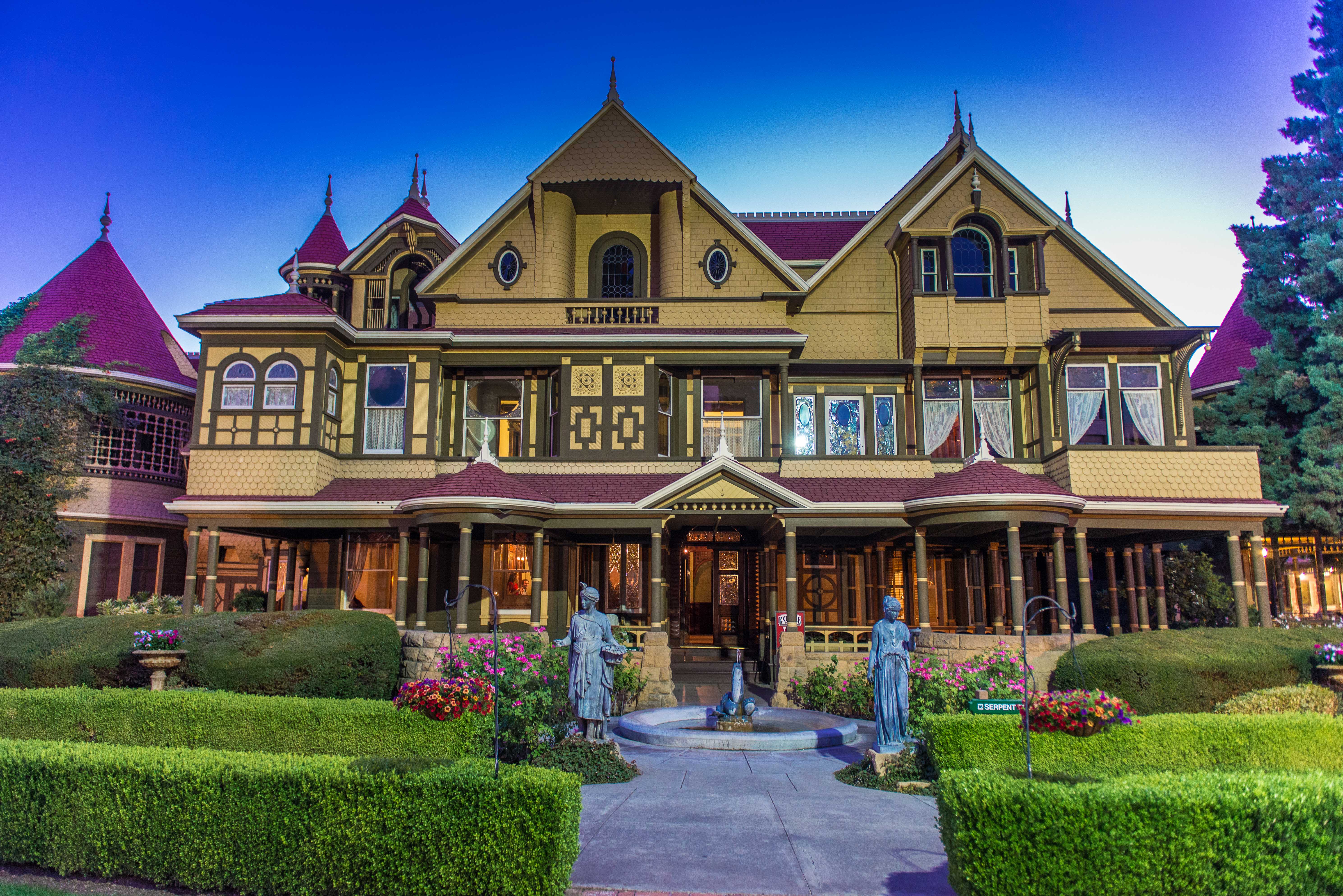
An eccentric, grieving, rich widow oversaw the construction of a labyrinthine home in California which stands as one of America’s most unusual houses. Sarah Lockwood Pardee Winchester was the widow of William Wirt Winchester, whose father invented the Winchester rifle, and was subsequently heiress to much of the Winchester Repeating Arms fortune.
A few years before her husband’s death from tuberculosis, the couple had lost their infant daughter – so Ms Winchester fled tragedy and the East Coast, moving from Connecticut to San Jose, California, where she purchased an eight-room farmhouse and began construction in 1886 that would continue until her death in 1922.
The home, called Llanada Villa but now known as the Winchester Mystery House, featured odd patterns, staircases to nowhere and doors that opened into walls. By 1922, it encompassed 24,000 square feet and included 10,000 windows, 2,000 doors, 160 rooms, 52 skylights, 47 stairways and fireplaces, 17 chimneys, 13 bathrooms and six kitchens.
The constant, confusing construction, along with Ms Winchester’s more reclusive tendencies as she aged, brewed more than a few urban legends.
“Even before her passing, rumours of a “mystery house” being built by an eccentric and wealthy woman swirled,” writes the site for the Winchester house, which has been open for tours for almost a century.
“Was she instructed to build this home by a psychic? Was she haunted by the ghosts of those felled by the “Gun that Won the West”? Did construction truly never stop? What motivated a well-educated socialite to cut herself off from the rest of the world and focus almost solely on building the world’s most beautiful, yet bizarre mansion?”
There have been reported hauntings at the property, and the story inspired the 2018 horror film Winchester, starring Helen Mirren as Ms Winchester. Filming was allowed to take place for 72 hours at the real home, so some shots of the movie feature show the house as it is.
THE WINEVLLE CHICKEN COOP MURDER HOUSE
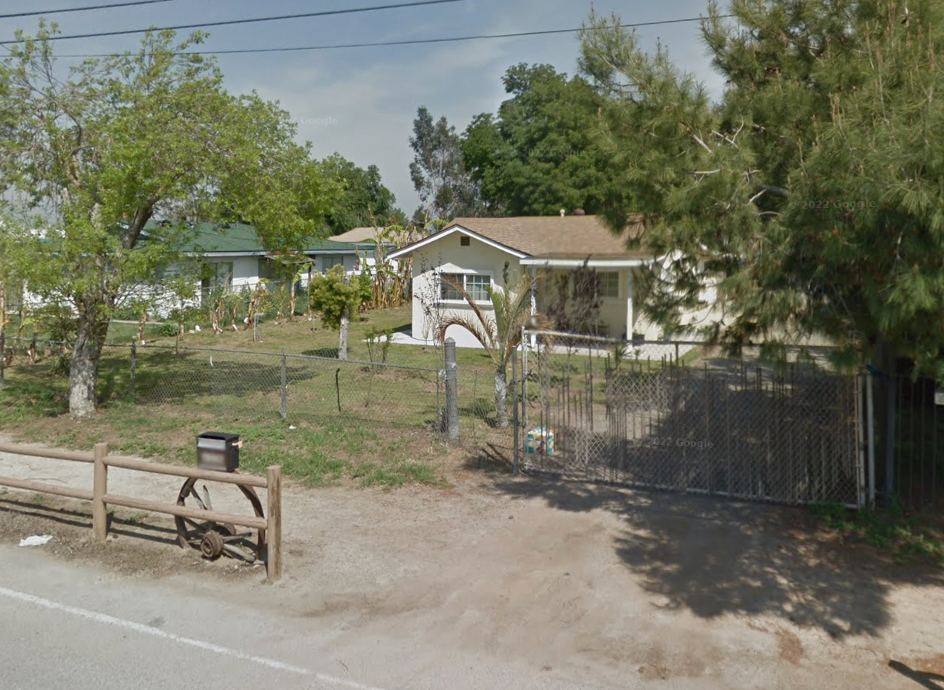
The atrocities that happened on a ranch outside of Los Angeles wouldn’t need a film to expose their horror. In the 1920s, young farmer Gordon Stewart Northcott assaulted and murdered at least three boys in Wineville, in Riverside County, California – where he owned a house and chicken ranch. With the help of his mother and nephew, who was also being abused, Northcott abducted, tortured and molested the young victims, holding them in a chicken coop before killing them.
When the killer’s nephew, Sanford Clark, eventually confided to his sister about the abuse, the murders and his fear for his own life, she alerted authorities. Northcott and his mother fled to their native Canada but were later arrested and extradited back to California. Northcott was found guilty of three of the murders in 1929 and executed the following year. His mother, Sara Louise Northcott, was sentenced to life in prison and paroled in 1940, dying four years later.
The abused nephew, whose testimony was key in putting the pair behind bars, was sentenced to five years in a youth correctional facility but released within two. He died in 1991.
In addition to the horrific nature of the murders, there was another bizarre aspect related to the case. In March 1928, just months before Northcott would be arrested, Los Angeles nine-year-old Walter Collins was abducted when he went to the movies. It was a highly publicized case, and the police department faced local backlash for the seeming absence of progress. The boy’s mother, Christine Collins, was unrelenting in her pressure to find the boy.
Then, five months later, a child turned up claiming to be her son. Despite Ms Collins’ protestations that the boy was not, in fact, Walter, police convinced her to bring him home. When she continued to refuse to accept him, the distraught mother was institutionalized – until the boy confessed that he was an imposter.
After the Northcotts’ arrest, Sarah Louise admited to and was sentenced for the murder of Walter Collins. Her son alternately admitted and denied it.
The hair-tingling 2008 thriller Changeling, starring Angelina Jolie, is based on the true story. The house from the Northcott ranch still stands – though Wineville changed its name not after the murders to Mira Lima, and the section including the Northcott property is now called Jurupa Valley.







